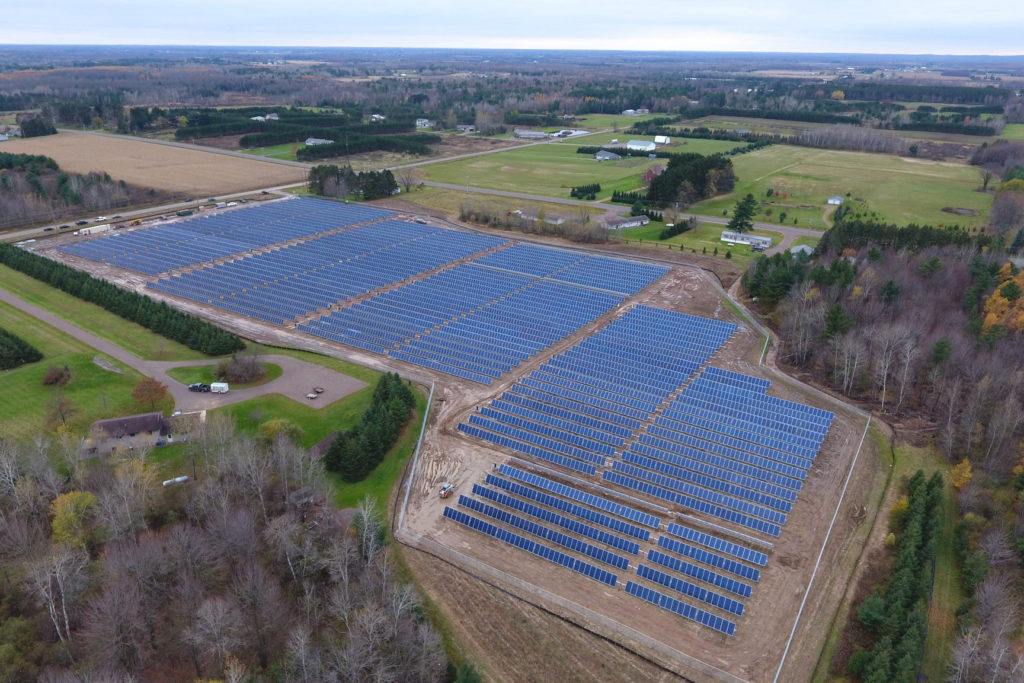
On paper, the concept of “zero net energy” (ZNE) buildings appears ideal: a building or development that produces as much energy on-site as they use every year. It’s an idea that’s gained popularity in the U.S. in recent years, with several municipalities starting or looking into initiatives.
But do ZNE developments really deliver the environmental and cost benefits they purport to?
A new report from The Brattle Group finds that community solar, a concept invented and deployed primarily by electric cooperatives, would have distinct advantages over ZNE developments, which rely on rooftop solar for onsite generation. NRECA and the Natural Resources Defense Council commissioned the study.
“Simple kilowatt-hour netting across a year does not address the true impact and value of production and consumption offsetting,” said Keith Dennis, associate director of strategic initiatives in NRECA’s Business & Technology Strategies group.
“The research shows that community solar, and other approaches that look at broader systemwide approaches to achieving cost savings and environmental goals, can be the more efficient ways to integrate renewable energy on a larger scale.”
Here are some key takeaways from the study:
- Community solar projects present comparative benefits relative to rooftop per megawatt of installed capacity.
- A community solar development can serve 200 energy efficient homes at about 30 percent to 35 percent below costs of a comparable ZNE rooftop project.
- Community solar system serving those 200 homes can provide 50 percent to 60 percent resource cost savings or avoided generation from the power grid.
- Community solar on average can provide carbon dioxide emission reductions 40 percent to 45 percent greater than rooftop solar. That’s the equivalent of removing 80 to 100 cars from the road compared to removing one car per two ZNE homes.
- Co-op community solar generates up to 82 megawatts nationwide.
Cathy Cash is a staff writer at NRECA.